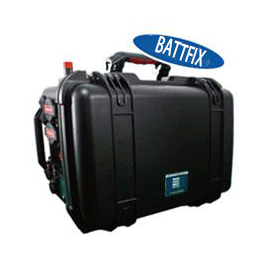
# Battery Care and Maintenance Guide
## Introduction
Proper battery maintenance is essential for ensuring the longevity and optimal performance of your devices. Whether you’re using a smartphone, laptop, or electric vehicle, understanding how to care for your battery can save you money and frustration in the long run. This guide will provide you with practical tips and best practices for battery maintenance.
## Understanding Battery Types
Before diving into maintenance tips, it’s important to understand the different types of batteries commonly used today:
– Lithium-ion (Li-ion)
– Nickel-metal hydride (NiMH)
– Lead-acid
– Alkaline
Each type has unique characteristics and requires specific care methods. Most modern electronic devices use lithium-ion batteries due to their high energy density and lightweight properties.
## General Battery Maintenance Tips
### 1. Avoid Extreme Temperatures
Batteries are sensitive to temperature extremes. Exposure to high temperatures can cause permanent capacity loss, while cold temperatures can temporarily reduce performance.
Store and use your devices in environments between 20°C and 25°C (68°F and 77°F) for optimal battery performance.
### 2. Maintain Partial Charge
For lithium-ion batteries, it’s better to maintain a charge between 20% and 80% rather than constantly charging to 100%. This practice can significantly extend your battery’s lifespan.
### 3. Avoid Deep Discharges
Frequently draining your battery to 0% can be harmful. Try to recharge your device before it drops below 20% capacity.
## Device-Specific Maintenance
### Smartphones and Tablets
Modern smartphones typically use lithium-ion batteries. Follow these specific tips:
- Enable optimized charging features if available
- Remove protective cases during heavy usage to prevent overheating
- Use manufacturer-approved chargers
### Laptop Batteries
For laptop battery maintenance:
- Calibrate your battery every 2-3 months
- Consider removing the battery when using AC power for extended periods
- Store at 40-50% charge if not using for long periods
## Long-Term Storage Guidelines
If you need to store batteries or battery-powered devices for extended periods:
1. Charge to about 50% capacity
2. Store in a cool, dry place
3. Check charge level every 6 months and top up if necessary
## When to Replace Your Battery
Even with proper maintenance, all batteries degrade over time. Signs you may need a replacement include:
– Significantly reduced runtime
– Device shutting down unexpectedly
– Battery swelling or physical damage
## Conclusion
Proper battery maintenance can extend the life of your devices and save you money on replacements. By following these simple guidelines, you can ensure your batteries perform optimally for as long as possible. Remember that different devices may have specific recommendations, so always consult your manufacturer’s guidelines for the best results.
Keyword: Battery Maintenance
Comments are closed